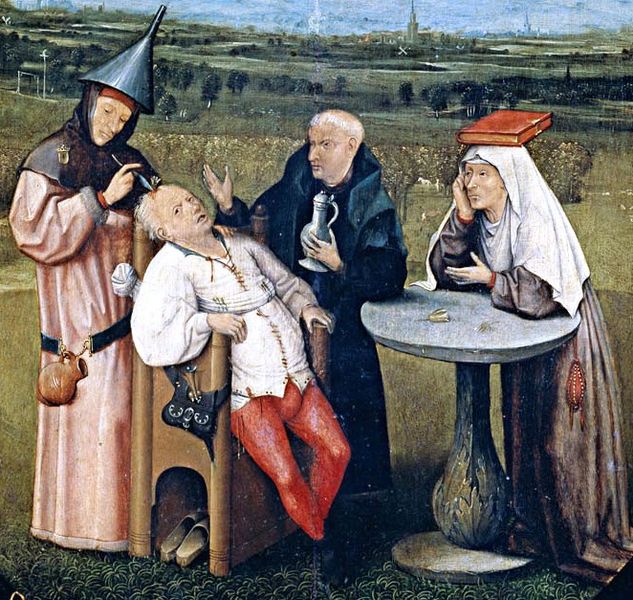In his play Lysistrata, Greek playwright Aristophanes gives a comic account of one woman’s extraordinary mission to end the Peloponnesian War – a 30 year old war between Athens and Sparta. How did one woman bring an end to such a deadly war?
In the play, Lysistrata (the female protagonist) becomes sick and tired of men treating women like simplistic hedonists incapable of functioning on their own. She believes that the war is a result of irrational men making stupid decisions and the long war is a waste as young, nubile women are aging away. She holds a convening of the women of various city states and proposes that the women must rise up to stop the war. Lysistrata’s plan is simple: withhold sex from the men until they cave (i.e. a sex strike). The women are reluctant at first, but agree to join her. They then take over the acropolis of the city, setting up a safe haven for women, barring any man from entering.
The men initially scoff at this revolution and try repeatedly to lay siege on the acropolis. However, they fail and the women continue to not provide any sexual pleasures to any male. The men constantly make snide comments about how women are hysterical and only seek pleasure, but sooner or later, they become desperate for sex. One by one, desperate men (sporting “burdens”, i.e. erections) come to the acropolis, pleading for relief (funnily, some women desert the acropolis in desperation for sex as well). The women take the men in, but only to tease them and leave them disappointed.
Eventually, the men (of both Athens and Sparta) cave and surrender, agreeing to end the war. There is a hilarious scene during the peace talks where Lysistrata brings out a stunning young girl named Reconciliation in front of the men, quashing any complaints or objections. Even the men who protest against the women’s demands are overcome by their lust and want(/need) for sex. Once peace is declared, the men and women all come together in the acropolis for singing and dancing, celebrating the women’s success in ending the war.
Although the play is only a comic exploration of the battle of the sexes, it clearly shows the power women have over men, and how they can use that power to easily control men.










